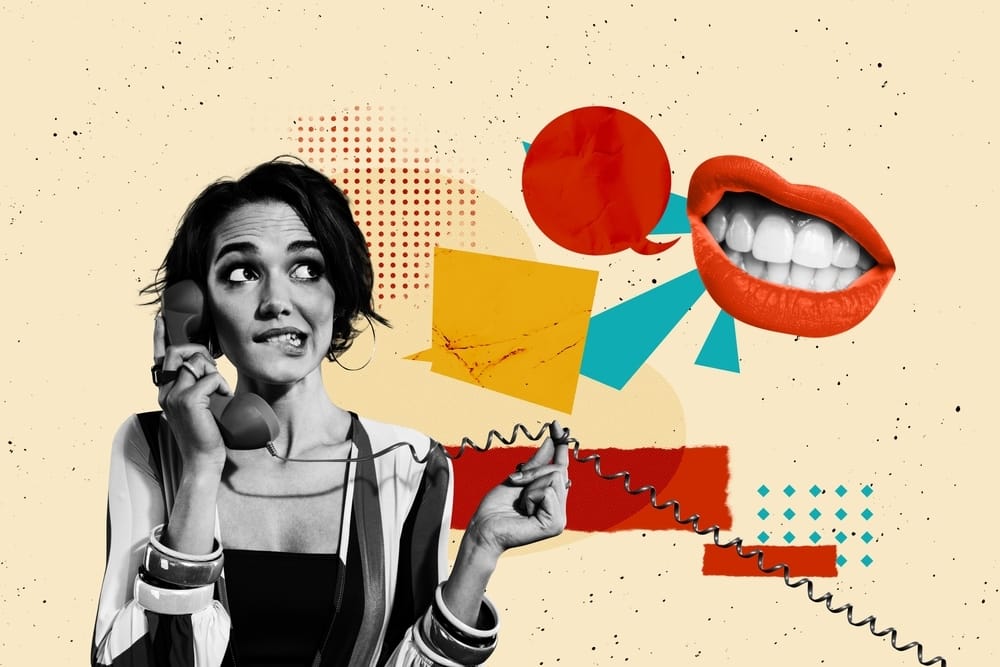Most people don’t overspend because they’re “bad with money.”
They overspend because they’re:
stressed
bored
overwhelmed
lonely
celebrating
avoiding a problem
In other words…
money becomes a coping mechanism.
And until you understand why you emotionally spend, it’s almost impossible to stop.
So today, let’s break it down — without judgment and without shame.
❤️ 1. Emotional Spending Isn’t a Discipline Problem
It’s not about willpower.
It’s about feelings.
When your brain is stressed or uncomfortable, it looks for a quick hit of relief.
And spending gives you:
dopamine
distraction
comfort
excitement
control
But here’s the problem…
Emotional spending solves the feeling for 5 minutes,
and creates a money problem for 5 months.
Understanding that is the first step to breaking the cycle.
🔍 2. Ask Yourself: “What Emotion Am I Trying to Buy My Way Out Of?”
Next time you feel the urge to buy something, pause for 10 seconds and ask:
“What am I feeling right now?”
Is it stress?
Boredom?
Frustration?
Insecurity?
Loneliness?
Feeling behind?
There’s always a feeling attached.
Once you name it, it loses its control over you.
⚠️ 3. Watch for Your Spending Triggers
Everyone has certain triggers that push them to spend.
Common ones:
late-night scrolling
feeling overwhelmed at work
seeing friends buying things
comparison on social media
boredom at home
“I deserve this” after a stressful day
Find your top 2–3 triggers — and you’ll start noticing patterns immediately.
🛠 4. Replace “Spending for Relief” With a “Go-To Relief List”
You don’t break a habit by fighting it.
You break it by replacing it.
Create a list of non-spending ways to feel better.
Examples:
take a walk
listen to a song you love
do five deep breaths
clean one tiny area
talk to someone
stretch
drink water
journal for 2 minutes
take a shower
make a tea or coffee
When the urge hits, do ONE thing from the list.
Most urges pass in less than 4 minutes.
Ride it out — and you win.
💳 5. Make Emotional Spending Harder
The harder it is to buy on impulse, the easier it is to say no.
Try this:
👉 Delete your card info from shopping apps
👉 Remove shopping apps from your phone
👉 Turn off “Buy Now” notifications
👉 Add a 24-hour rule for non-essentials
👉 Only shop on your laptop, not your phone
These small barriers interrupt automatic spending.
🌱 This Week’s Challenge
Before you buy anything this week, pause and ask:
“Is this fixing a feeling or solving a real need?”
Just answering that one question can shift your entire financial life.
More than $10k in debt? We can help.
In debt? You’re not alone. Consumers in the United States owed a record $18.2 trillion in total debt as of the first quarter (Q1) of 2025. Debt relief companies can help you negotiate with creditors for reduced balances, enroll you in structured repayment plans, or help you seek bankruptcy protection. Just choose the option that makes the most sense for you from Money’s top picks, answer a few short questions, and get your free rate today.

